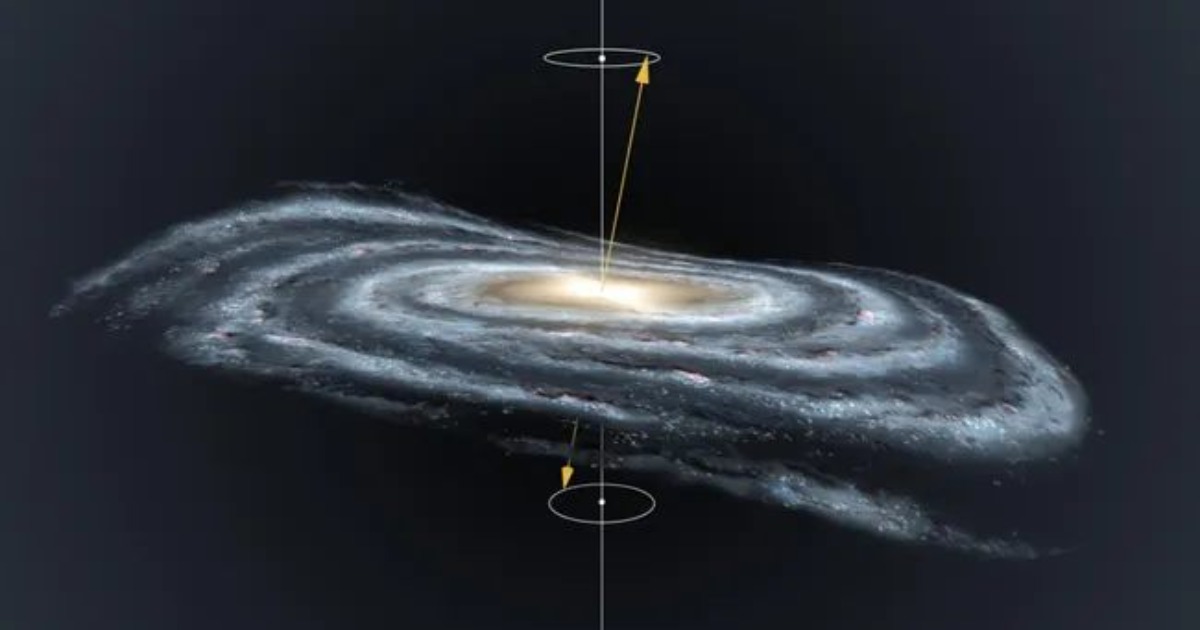New Supercomputer Simulations Reveal Why Spiral Galaxies Are Rare in Our Supercluster
A recent study using supercomputer simulations has shed light on the mystery of why spiral galaxies are so rare in the supergalactic plane, which is a plane billions of light-years wide and is anchored by large galaxy clusters. The study found that frequent galaxy collisions in the supergalactic plane have resulted in the widespread presence of bright elliptical galaxies, leaving spiral galaxies notably scarce.
The Local Supercluster, in which the Milky Way is located, is a pancake-shaped structure that contains several large galaxy clusters, including thousands of galaxies. Among these galaxies, the most common type are the elliptical galaxies, which are filled with ancient stars and have huge supermassive black holes at their centers. In contrast, spiral galaxies like the Milky Way are less frequently found in dense clusters. The rare occurrence of spiral galaxies in the supergalactic plane has puzzled astronomers for decades, since it was first discovered in the 1950s by French astronomer Gérard de Vaucouleurs.
To unravel this mystery, researchers used the Simulations Beyond the Local Universe (SIBELIUS) supercomputer to create a model that traces the evolution of galaxies since the beginning of the Big Bang 13.8 billion years ago. The simulations revealed that spiral galaxies in dense clusters often collide with each other, resulting in catastrophic collisions that transform the fragile spiral arms into elliptical galaxies. This collision process also enlarges the supermassive black holes at the centers of the galaxies.
The study, published in the journal Nature Astronomy, demonstrates that the unusual distribution of galaxies in the local supercluster can be attributed to the collision and transformation of spiral galaxies into elliptical galaxies over billions of years. The researchers plan to further refine the simulations to more accurately compare them with telescopic observations and gain a deeper understanding of the fundamental physical processes that have shaped our cosmic neighborhood.
